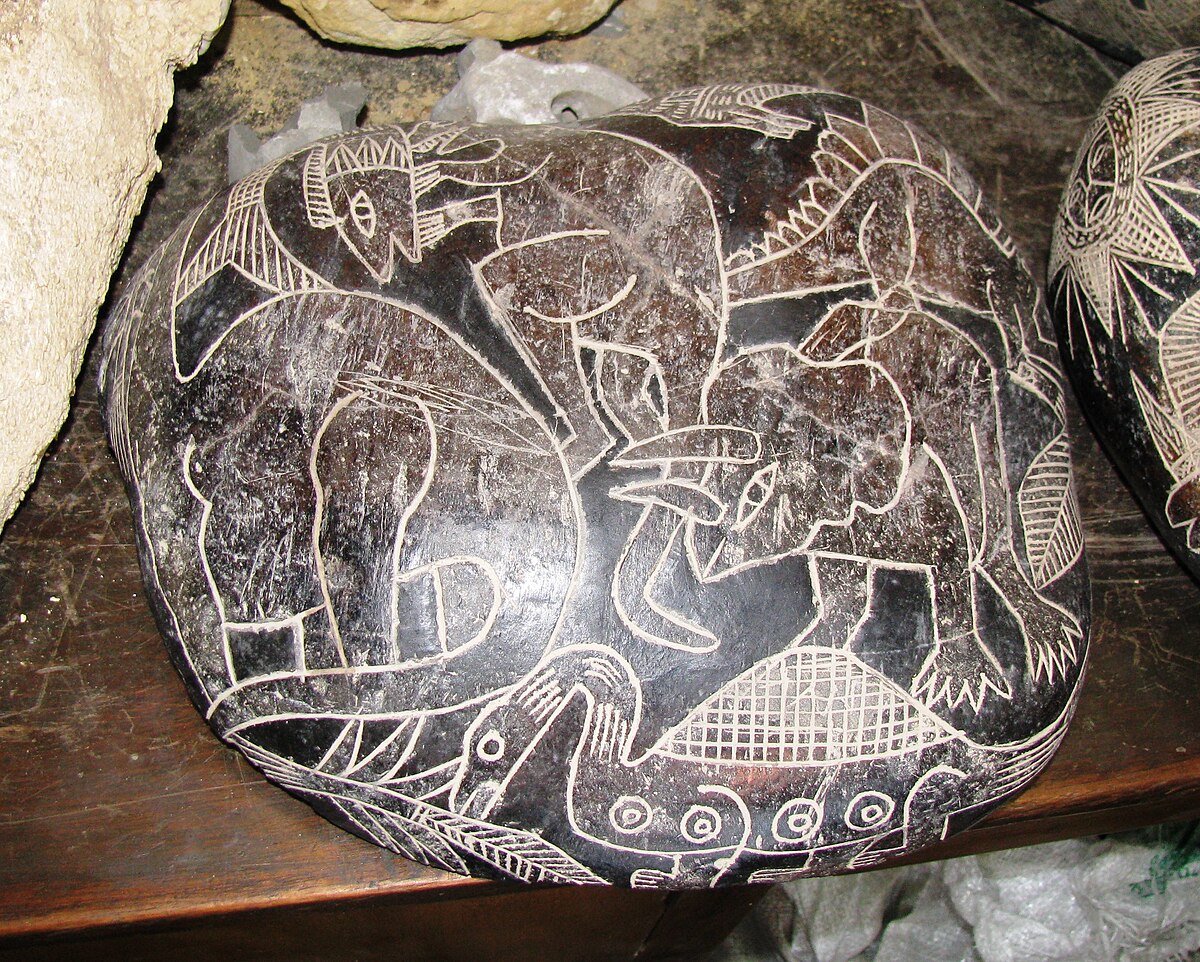According to what is taught in textbooks, ancient people were just simple people with limited knowledge. However, this is a shortcoming of education, as archaeologists continue to publish findings that contradict the above theory…

The wall in the ancient temple in Abydos is decorated with symbols that resemble today’s helicopters, submarines, and gliders. (Photo: Disclosetv)
The truth is that there is plenty of evidence of great intellectual achievements in the ancient world. You just have to look at the structure of the Giza Pyramids, it is truly a technological marvel. It is a massive architectural work with extraordinary precision that we moderns are only slowly catching up to. Today, we can still build a similar structure, but in reality modern humans have never actually done it.
And not only that, on a wall in an ancient temple in the city of Abydos, Egypt, people discovered extremely strange hieroglyphs. Researcher Lyn Leahz wrote about the wall as follows:
“The wall in the ancient temple at Abydos is decorated with strange symbols, it resembles modern-day airplanes. This discovery has caused much controversy among Egyptologists and archaeologists. How could people perceive airplanes from 2,000-3,000 years ago?
When Dr. Ruth Hover and her husband visited the pyramids and temples of Egypt on a trip, they were shocked to discover these depictions of modern aircraft. She photographed a section of wall in the area, where a wall covering had broken off and fallen, revealing another, older wall. On this old wall are painted images of modern science such as helicopters, submarines, gliders and other unknown flying devices, one resembling the Hindenburg airship.
In addition, there is evidence that ancient people were very knowledgeable about dinosaurs. Below is an image of a sculpture found in the Ta Prohm Buddhist temple in Cambodia. Based on what we have learned, this occurrence is completely impossible, since dinosaurs became extinct tens of millions of years ago and modern scientists only began excavating their fossils a few hundred years ago. recent year.
According to archaeologists, this temple built in Cambodia is about 800 years old.
“The temple was built very deep in the forest and decorated in the architectural style of Khmer culture. Ta Prohm is decorated with many stone statues and statues. Almost every gray sandstone is decorated with floral motifs.
They depict familiar animals such as monkeys, deer, water buffalo, parrots and lizards. However, on a stone pillar appeared a strange animal that looked like a dinosaur. How did artisans 800 years ago know what dinosaurs looked like? As you know, Western science only started collecting the first dinosaur skeletons two centuries ago.”
Ancient human dinosaur artwork was also found in Peru on ancient Ica stones dating back 65 million years ago. These stones were discovered by the Spanish in 1535, and the explorers sent some back to Spain in 1562. The art on many of these stones is extremely beautiful, but the main controversy is are many of them clearly depicting dinosaurs. Here is an example…
Dinosaur image carved on an Inca stone. (Photo: Google Plus)
And here is another example. If you look closely, you will see the shape of a triceratops…
Again, those who relied too heavily on prior knowledge were unable to explain this. Usually, they try to explain this phenomenon as a hoax by locals creating fake Ica stones in recent years because they discovered that tourists wanted to buy them.
However, real Inca stones have some notable details. In fact, much of the anatomical knowledge about dinosaurs described on the Ica rocks has only recently been discovered by modern science.
The accuracy of the engravings was demonstrated by the position of the dinosaur’s tail and legs. Early critics said the Ica stones were fakes, because their tails were raised when they moved, whereas paleontologists in the 1960s believed that dinosaurs dragged their tails.
And these paleontologists were wrong and the Ica rocks were right. Because modern scientists believe that dinosaurs lifted their giant tails off the ground while moving. The dinosaurs depicted on the Ica rocks could straighten their tails like many four-legged animals, not like giant reptiles. This really shocked dinosaur experts.
Of course the Ica Stone is just one of the incredible examples of ancient dinosaur art that has been discovered around the world.
Ancient humans do not seem to have been just mindless people who only knew how to live in caves and cover themselves with leaves. Human history is extremely complicated. Many great constructions still stand after thousands of years to remind us that, in the past, civilizations once possessed great technology.
And there is much evidence that modern humans today are actually regressing. A professor of biology at Stanford University recently published a work in which he concluded that humans began to regress thousands of years ago.
Dr. John Sanford of Cornell University has conducted groundbreaking research demonstrating that humans are degenerating and will eventually destroy themselves. In fact, ancient humans may have been physically and mentally more advanced in many ways than we are.

















